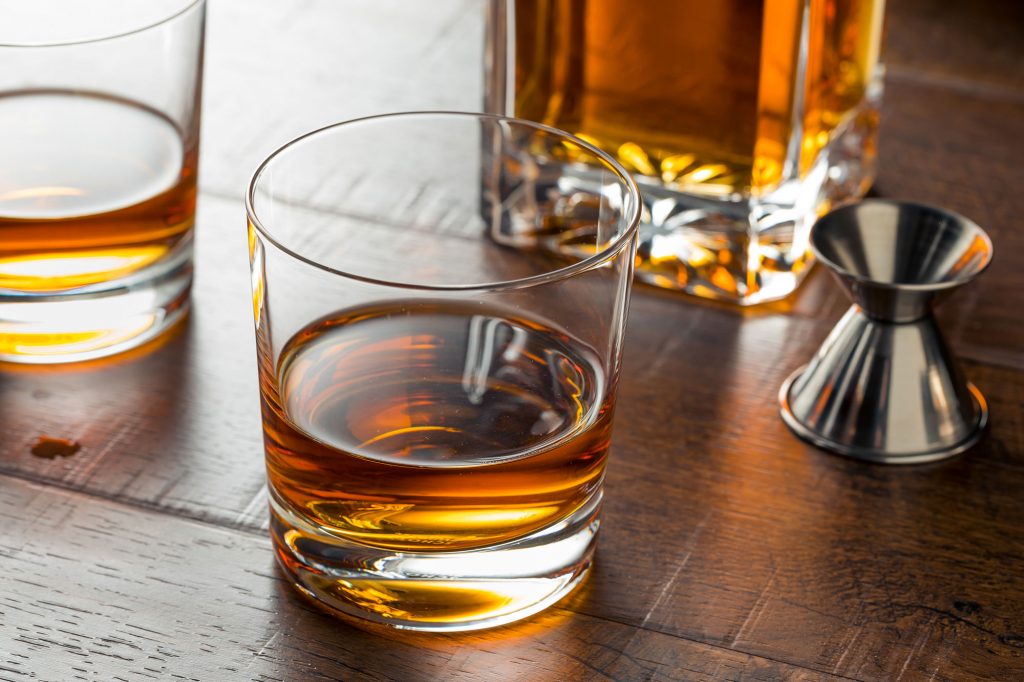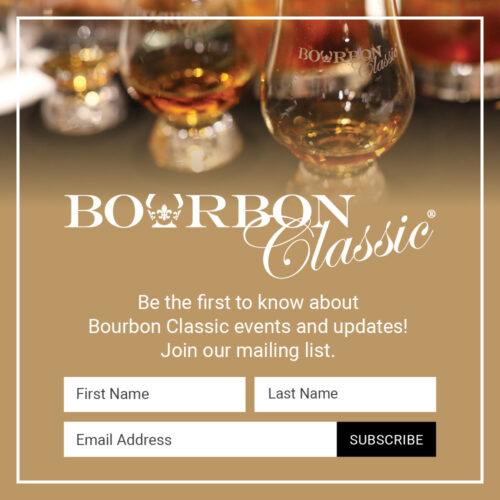Ever wonder “rye” (why) there are so many types of Bourbon out there and what the differences between them are? We’re going to break it down for you, BUT before we dive into the different types of Bourbon, let’s recap what makes Bourbon, well, Bourbon. In order for a whiskey to be classified as Bourbon, it MUST be made in the United States. It also MUST be made up of at least 51% corn mash and be distilled in new charred oak barrels. For more on rules of Bourbon, you can visit our What’s in a Name article here.
Now that that’s out the way, let’s dive into the three main types of Bourbon . Mantelligence gives a pretty thorough breakdown of each type of Bourbon (based on mashbill or grain composition): traditional Bourbon, wheated Bourbon, and rye Bourbon. Bourbon can also be classified based on a variety of production techniques. For example, Bulleit Distillery uses: small batch Bourbon, single barrel Bourbon, blended Bourbon, and unfiltered Bourbon. Here is a GOOD REFERENCE GUIDE.

Traditional Bourbon (Rye Bourbon)
Traditional Bourbon references the majority of Bourbons which are made up of over 70% corn, the secondary ingredient being rye and the remainder being malted barley. The flavor profile is a blend of sweet and spice, like Buffalo Trace Bourbon. Check out these tasting notes, “This deep amber whiskey has a complex aroma of vanilla, mint and molasses. Pleasantly sweet to the taste with notes of brown sugar and spice that give way to oak, toffee, dark fruit and anise. This whiskey finishes long and smooth with serious depth.”
Wheated Bourbon
Very similar to traditional Bourbon, wheated Bourbon is made with corn and barley mash. However instead of rye, wheat is used as the secondary mash ingredient behind, which gives the Bourbon a sweeter flavor. Many distiller figures use the example of wheat bread vs rye bread. Barton 1792 Distillery characterizes their Sweet Wheat Bourbon as, “A well-balanced Bourbon with delicate body. Notes of vanilla and caramel are complemented by a touch of white oak tannins. This is further mingled with dried fruit to deliver a richly smooth flavor.” Wheated Bourbons include the crem dela crem Pappy Van Winkle, Maker’s Mark, and the throwback label Rebel Yell.
High Rye Bourbon
Varying from traditional Bourbon, rye Bourbon has rye as the secondary mash ingredient but in a higher dosage. A general marker, Bourbons with 20% or higher rye content. Higher rye Bourbons include Four Roses Small Batch, Basil Hayden, and Old Grandad.
Small Batch Bourbon
There is no legal threshold for what definitively constitutes “small batch.” The idea behind it is a low volume of barrels blended together before bottling.
Single Barrel Bourbon
Bottling from just one “single” barrel. The concept of single barrels are “special barrels” of high character as each barrel has its own taste fingerprint.
Straight Bourbon Whiskey
Bourbon that has been aged a minimum of 2 years. Labels must contain an age statement prior to four years of aging.
Blended Whiskey
Blended whiskey is created when flavors or other additives are added to the Bourbon after it comes out the barrel. The key thing to remember is that the mixture must be AT LEAST 51% straight Bourbon in order to be considered blended Bourbon.
Unfiltered Bourbon
Just as the name implies, no filtering has occurred to the Bourbon. Most Bourbons are in fact “filtered” using a process called “chill filtering” which chills the Bourbon to remove certain oil compounds which can cause a Bourbon to appear cloudy when bottled. Also removed during filtering are charcoal particles from barrel aging. Thus, “unfiltered” will contain original oily flavor compounds as bottling is most often done at original barrel entry proof (no water added for bottling).



